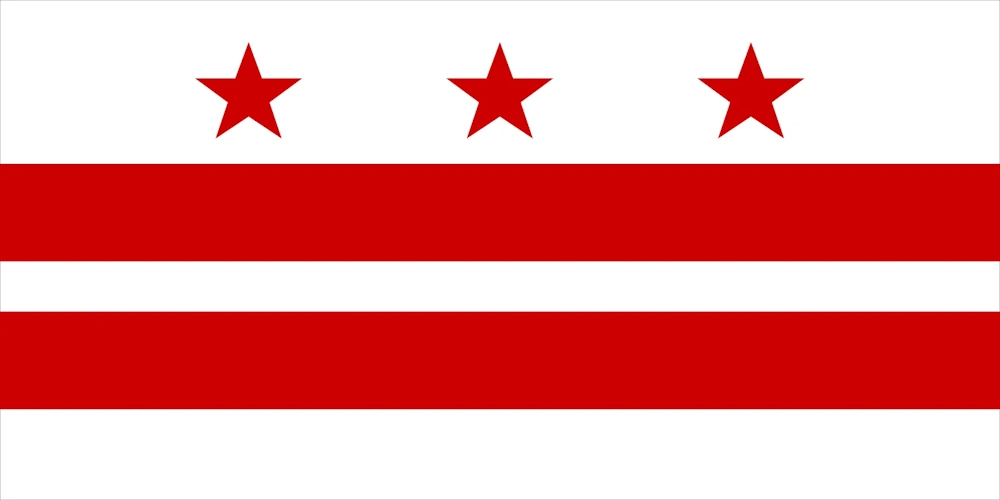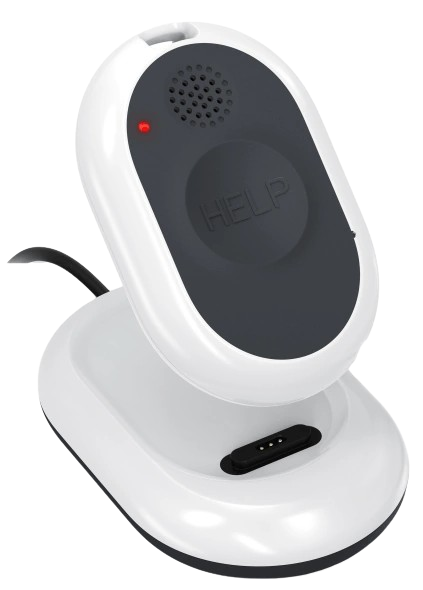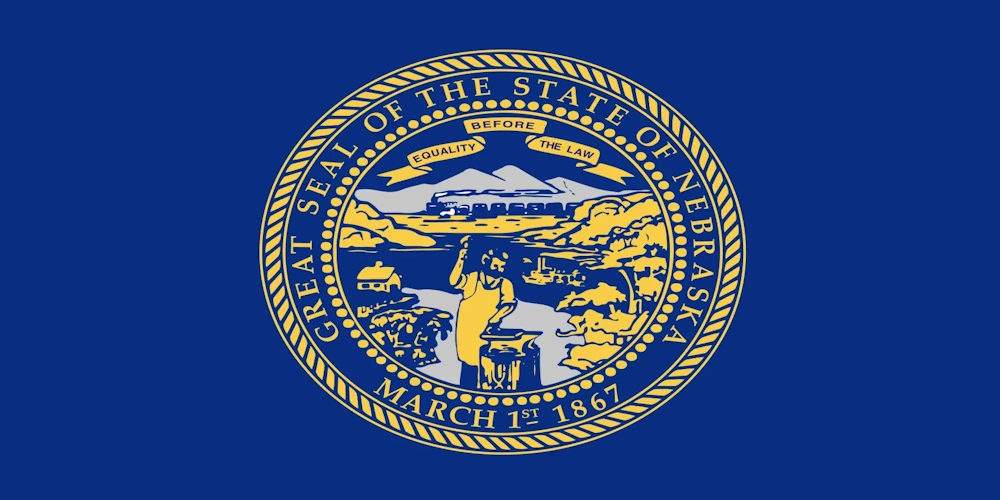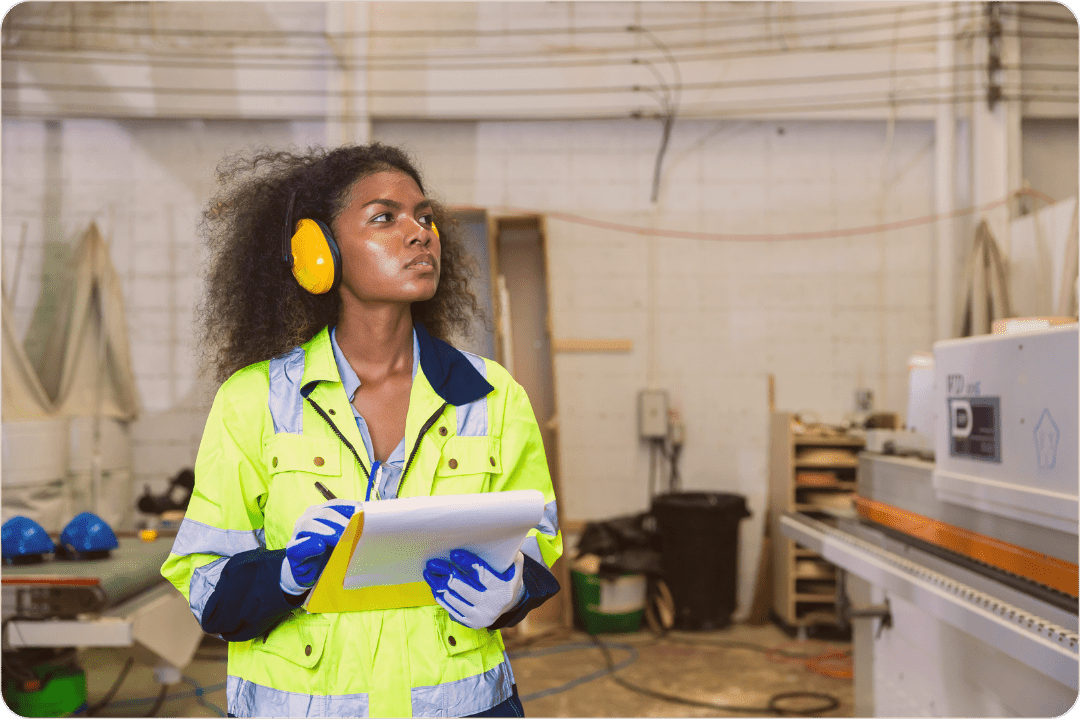Washington D.C Lone Worker
Our Safety Policy Guide For Lone Workers In Washington D.C
Washington, D.C., the U.S. capital, is home to a dense mix of government operations, private sector offices, healthcare facilities, and public infrastructure. Within these diverse environments, many employees perform job duties without direct supervision or immediate support—commonly referred to as lone workers. These individuals face increased risks due to isolation, making it essential for employers in D.C. to implement clear safety protocols.
While the District of Columbia does not operate its own OSHA-approved occupational safety and health program, all employers and workers are covered by federal OSHA regulations, enforced directly by the U.S. Department of Labor. In addition, local agencies such as the D.C. Department of Employment Services (DOES) may offer related labor resources and workplace services, though they do not govern occupational safety policy.
On This Page
Our Guide To Lone Worker Safety Policy And Legislation In Washington DC
In the absence of a state-specific OSHA plan, employers in Washington, D.C. must adhere to federal OSHA standards, which apply to both private sector and most public-sector workers. While there is no regulation specifically labeled for lone workers, employers are still required under OSHA’s General Duty Clause to identify and address workplace hazards—including those affecting individuals working alone.
Lone worker safety management in D.C. must account for the urban environment, infrastructure, and unique duties common to government and contractor positions.
How Washington DC Defines A Lone Worker
OSHA and D.C. law do not formally define “lone worker,” but the term typically refers to anyone working without direct supervision or immediate access to assistance. In the District, examples of lone workers include:
- Security personnel working night shifts in public or private facilities
- Maintenance or custodial staff operating during off-hours
- Healthcare professionals conducting home visits
- Delivery drivers and utility workers operating independently
- Government contractors working remotely from field offices
Given the high density and public-facing nature of many jobs in D.C., protecting lone workers requires planning for both physical hazards and human-related risks.
Employing A Lone Worker In Washington DC
Employers in Washington, D.C. must meet federal OSHA requirements and are encouraged to adopt best practices for identifying and managing risks specific to lone workers. This includes creating protocols that ensure employees have reliable means of communication and access to emergency support.
Best practices for lone worker safety include:
- Conducting Risk Assessments to evaluate the nature and scope of lone work
- Establishing Check-In Procedures using scheduled calls or mobile apps
- Providing Emergency Communication Devices, such as panic buttons
- Training Workers in hazard awareness, self-protection, and emergency procedures
- Leveraging Safety Technology to enable real-time monitoring and alerts
By taking a proactive approach, employers not only reduce risk but also demonstrate a commitment to workplace safety and regulatory compliance.
Learn How You Can Protect Your Employees With Loneworker.com

With Loneworker.com you can be equipped with the knowledge and the means to protect your employees and protect your business. Contact us today to learn more about how Loneworker.com can protect you and your employees.
How The Safe Lone Worker App Can Protect Washington DC Lone Workers And Employers
The Safe Lone Worker app supports safety in dynamic urban environments like D.C., offering tools that enhance situational awareness and emergency response. Features include GPS tracking, automated check-ins, panic alerts, and fall detection, all of which help employers monitor the status of lone employees in real time.
This is especially useful in D.C. sectors like healthcare, government contracting, facilities management, and security—where fieldwork or isolated shifts are common.
Washington DC Lone Worker Policies
Washington, D.C. does not operate its own state OSHA plan, so all occupational health and safety regulations fall under federal OSHA jurisdiction. Employers are legally obligated to follow the General Duty Clause, ensuring all recognized workplace hazards, including those posed by working alone, are effectively addressed.
Employers, HR teams, and safety coordinators in D.C. should refer to the official OSHA website for current regulations, enforcement policies, and compliance tools. This article serves as general guidance and is not a substitute for legal or regulatory consultation.
Washington D.C. Lone Worker Resources
OHS Contact Centre
- 1-866-415-8690
CDC / NIOSH
- 800-232-4636

Affordable Monitoring For Lone Workers In Washington D.C

-
 Monitoring Your Employees' Safety
Monitoring Your Employees' Safety
-
 GPS Tracking And Monitoring
GPS Tracking And Monitoring
-
 Man Down Panic Alerts
Man Down Panic Alerts
-
 24/7 Protection Anywhere
24/7 Protection Anywhere
Lone Worker Legislation
Lone Worker Safety Policies And Legislation By State
-
 Alabama State Safety Policies And Legislation
Alabama State Safety Policies And Legislation
-
 Alaska State Safety Policies And Legislation
Alaska State Safety Policies And Legislation
-
 Arizona State Safety Policies And Legislation
Arizona State Safety Policies And Legislation
-
 Arkansas State Safety Policies And Legislation
Arkansas State Safety Policies And Legislation
-
 California State Safety Policies And Legislation
California State Safety Policies And Legislation
-
 Colorado State Safety Policies And Legislation
Colorado State Safety Policies And Legislation
-
 Connecticut State Safety Policies And Legislation
Connecticut State Safety Policies And Legislation
-
 Delaware State Safety Policies And Legislation
Delaware State Safety Policies And Legislation
-
 Florida State Safety Policies And Legislation
Florida State Safety Policies And Legislation
-
 Georgia State Safety Policies And Legislation
Georgia State Safety Policies And Legislation
-
 Hawaii State Safety Policies And Legislation
Hawaii State Safety Policies And Legislation
-
 Idaho State Safety Policies And Legislation
Idaho State Safety Policies And Legislation
-
 Illinois State Safety Policies And Legislation
Illinois State Safety Policies And Legislation
-
 Indiana State Safety Policies And Legislation
Indiana State Safety Policies And Legislation
-
 Iowa State Safety Policies And Legislation
Iowa State Safety Policies And Legislation
-
 Kansas State Safety Policies And Legislation
Kansas State Safety Policies And Legislation
-
 Kentucky State Safety Policies And Legislation
Kentucky State Safety Policies And Legislation
-
 Louisiana State Safety Policies And Legislation
Louisiana State Safety Policies And Legislation
-
 Maine State Safety Policies And Legislation
Maine State Safety Policies And Legislation
-
 Maryland State Safety Policies And Legislation
Maryland State Safety Policies And Legislation
-
 Massachusetts State Safety Policies And Legislation
Massachusetts State Safety Policies And Legislation
-
 Michigan State Safety Policies And Legislation
Michigan State Safety Policies And Legislation
-
 Minnesota State Safety Policies And Legislation
Minnesota State Safety Policies And Legislation
-
 Mississippi State Safety Policies And Legislation
Mississippi State Safety Policies And Legislation
-
 Missouri State Safety Policies And Legislation
Missouri State Safety Policies And Legislation
-
 Montana State Safety Policies And Legislation
Montana State Safety Policies And Legislation
-
 Nebraska State Safety Policies And Legislation
Nebraska State Safety Policies And Legislation
-
 Nevada State Safety Policies And Legislation
Nevada State Safety Policies And Legislation
-
 New Hampshire State Safety Policies And Legislation
New Hampshire State Safety Policies And Legislation
-
 New Jersey State Safety Policies And Legislation
New Jersey State Safety Policies And Legislation
-
 New Mexico State Safety Policies And Legislation
New Mexico State Safety Policies And Legislation
-
 New York State Safety Policies And Legislation
New York State Safety Policies And Legislation
-
 North Carolina State Safety Policies And Legislation
North Carolina State Safety Policies And Legislation
-
 North Dakota State Safety Policies And Legislation
North Dakota State Safety Policies And Legislation
-
 Ohio State Safety Policies And Legislation
Ohio State Safety Policies And Legislation
-
 Oklahoma State Safety Policies And Legislation
Oklahoma State Safety Policies And Legislation
-
 Oregon State Safety Policies And Legislation
Oregon State Safety Policies And Legislation
-
 Pennsylvania State Safety Policies And Legislation
Pennsylvania State Safety Policies And Legislation
-
 Rhode Island State Safety Policies And Legislation
Rhode Island State Safety Policies And Legislation
-
 South Carolina State Safety Policies And Legislation
South Carolina State Safety Policies And Legislation
-
 South Dakota State Safety Policies And Legislation
South Dakota State Safety Policies And Legislation
-
 Tennessee State Safety Policies And Legislation
Tennessee State Safety Policies And Legislation
-
 Texas State Safety Policies And Legislation
Texas State Safety Policies And Legislation
-
 Utah State Safety Policies And Legislation
Utah State Safety Policies And Legislation
-
 Vermont State Safety Policies And Legislation
Vermont State Safety Policies And Legislation
-
 Virginia State Safety Policies And Legislation
Virginia State Safety Policies And Legislation
-
 Washington State Safety Policies And Legislation
Washington State Safety Policies And Legislation
-
 West Virginia State Safety Policies And Legislation
West Virginia State Safety Policies And Legislation
-
 Wisconsin State Safety Policies And Legislation
Wisconsin State Safety Policies And Legislation
-
 Wyoming State Safety Policies And Legislation
Wyoming State Safety Policies And Legislation
-
 American Samoa State Safety Policies And Legislation
American Samoa State Safety Policies And Legislation
-
 Guam State Safety Policies And Legislation
Guam State Safety Policies And Legislation
-
 Northern Mariana Islands State Safety Policies And Legislation
Northern Mariana Islands State Safety Policies And Legislation
-
 Puerto Rico State Safety Policies And Legislation
Puerto Rico State Safety Policies And Legislation
-
 Washington D.C. State Safety Policies And Legislation
Washington D.C. State Safety Policies And Legislation
-
 Virgin Isles State Safety Policies And Legislation
Virgin Isles State Safety Policies And Legislation







